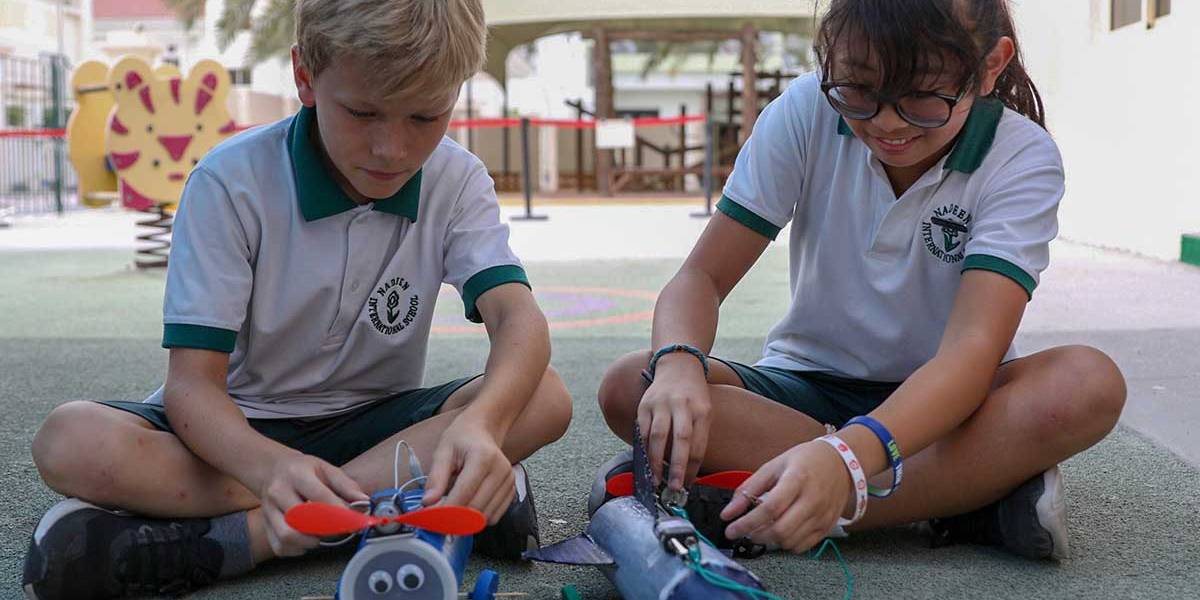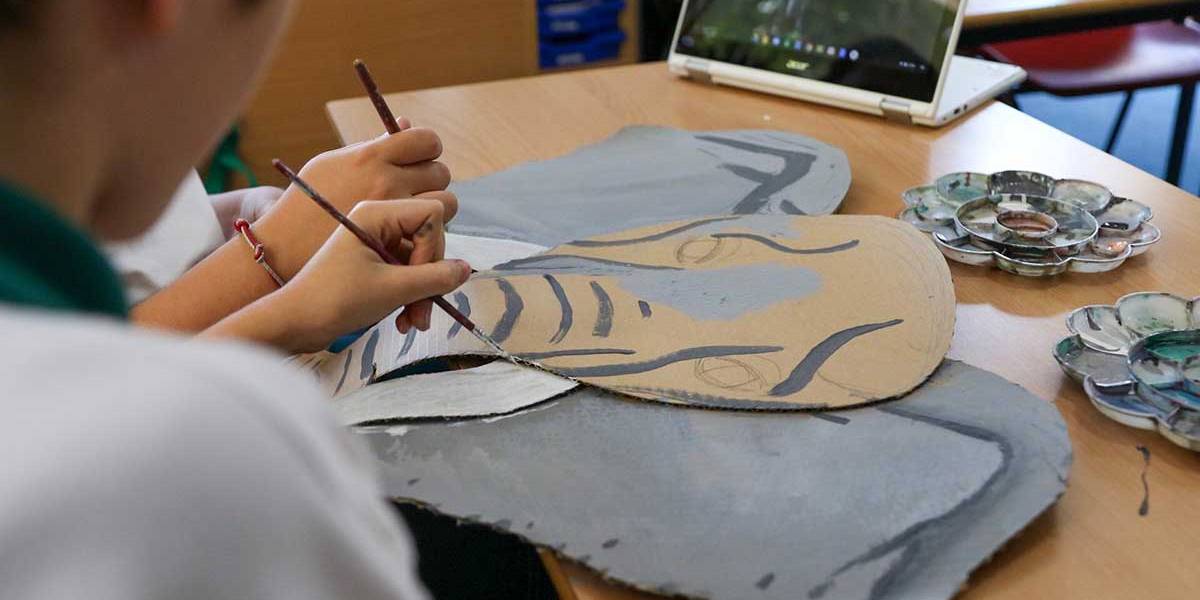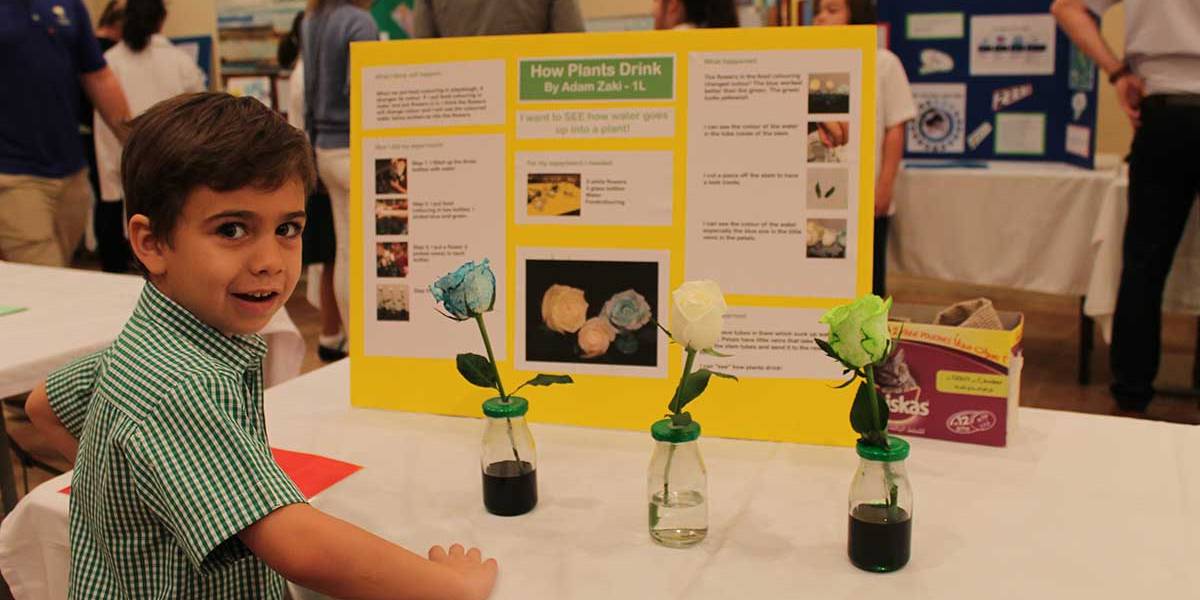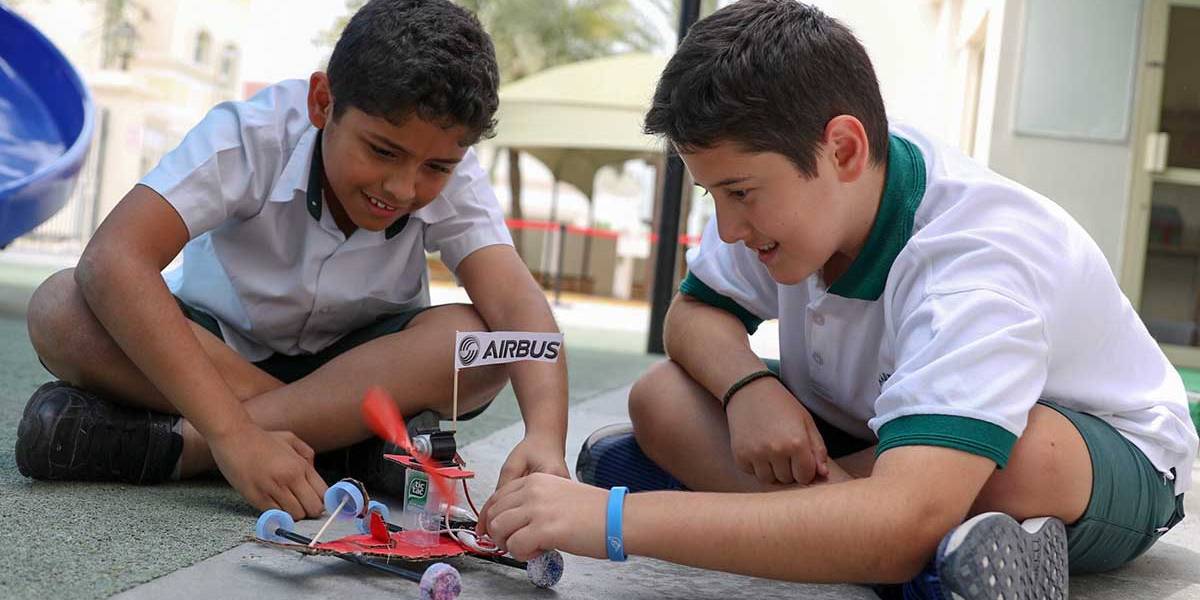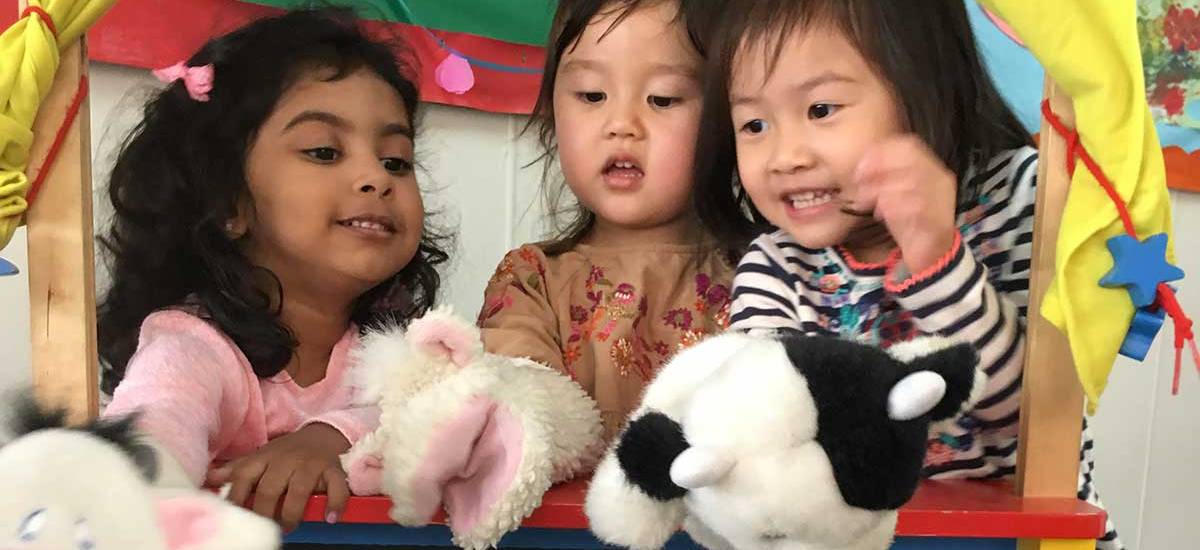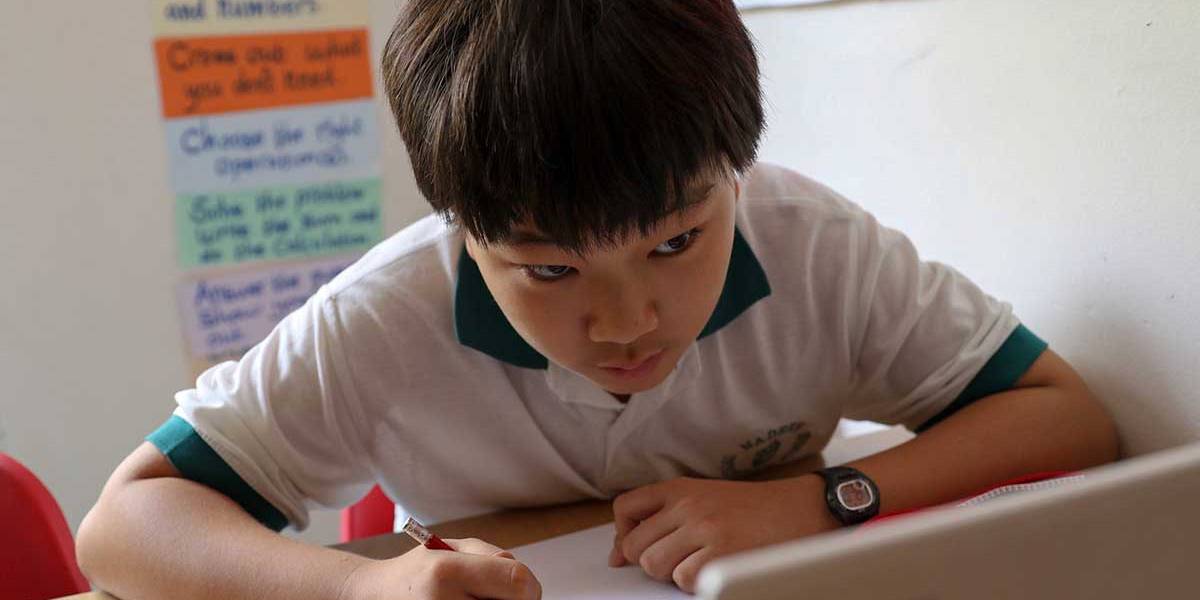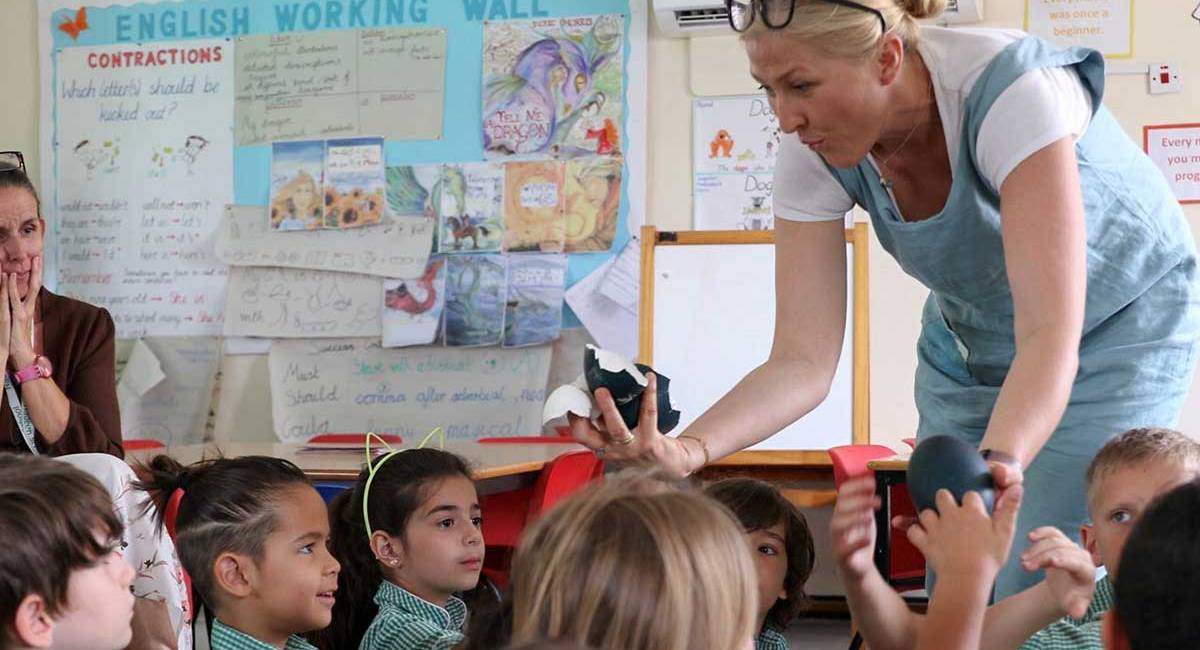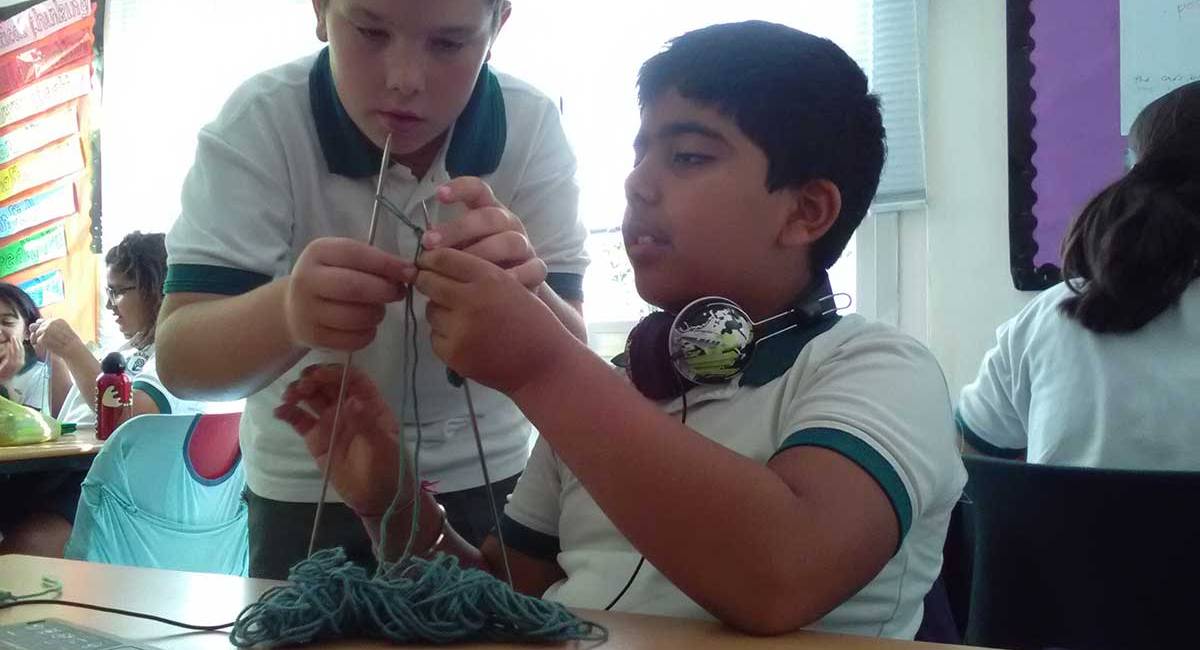Navigating the Return to School: Supporting Reluctant Children in a New School and a New Setting by Ms Agnes
As the doors of schools reopen and the back-to-school season approaches, parents from diverse backgrounds are faced with the challenge of helping their children transition back to the classroom, especially if they are feeling reluctant.
Whether your family is new to Nadeen School – (and in some ways all of our families are new to Nadeen this year) or returning after the summer break, there are effective strategies that you can employ to ease this transition and create a positive environment for your children’s return to school.
1. Open Communication:
Research from international education organizations, such as the Council of International Schools (CIS), emphasizes the importance of open communication. Engage your child in conversations about their concerns, addressing social, emotional, cultural and academic adjustments unique to this school setting. Reassure them that they will be welcomed into a safe stimulating and professional school environment.
2. Gradual Adjustment:
The British Educational Research Association (BERA) highlights the value of gradual adjustment in adapting to a new school environment. Incremental changes in routines and schedules can help children adapt more smoothly to a new school environment.
3. Familiarize with the Environment:
According to the International Baccalaureate (IB) organization, visiting the school campus before the academic year begins can be particularly beneficial for families entering this unique educational context. Familiarity with the campus, curricula, and cultural diversity can alleviate feelings of uncertainty.
4. Set Realistic Expectations:
It is good practice to set realistic expectations for children’s experiences. Acknowledge the fantastic opportunities and perhaps challenges of a ‘new school’ setting, fostering a sense of adaptability and growth mindset. Discuss any concerns with your child and always encourage to share concerns both at home and in school.
5. Establish a Routine:
The UK National Society for the Prevention of Cruelty to Children (NSPCC) advises establishing a consistent routine, balancing academic, cultural, and personal activities can provide a sense of stability and familiarity. Also consider cultural nuances and family traditions which can be at the heart of many schools.
6. Encourage Peer Connections:
The International Schools Association (ISA) highlights the importance of encouraging connections with peers when returning to school following a break or indeed to a new school setting as we are this academic year. Facilitate interactions through school events, extra curricular activities, trips or cultural exchange programs to promote a sense of belonging.
7. Celebrate Achievements:
Building on the principles of the Cambridge Assessment International Education, we celebrate achievements across academic and cultural domains. Positive reinforcement and recognition can enhance children’s self-esteem and motivation.
8. Offer Choices:
The British Council, a global organization promoting British education, underscores the significance of offering choices within the school context. Involving children in decisions about extracurricular activities, language preferences, and cultural exploration can empower them and enhance their sense of ownership.

Conclusion:
With insights from international British education organizations and expert guidance, parents can effectively support their children’s transition to an international British school. By fostering open communication, gradual adjustment, and a culturally sensitive approach, parents can help create a nurturing environment that eases the transition and enhances their children’s global educational experience.
We very much look forward to welcoming all our families to our new school campus here in Dilmunia.
References:
1. Council of International Schools (CIS). (2022). Supporting students in transition. Retrieved from https://www.cois.org/page.cfm?p=8377
2. British Educational Research Association (BERA). (2020). Transitions between educational settings. Retrieved from https://www.bera.ac.uk/publication/transitions-between-educational-settings
3. International Baccalaureate (IB). (2021). Starting at an IB World School. Retrieved from https://www.ibo.org/programmes/continuum/starting-at-an-ib-world-school/
4. Association of International Schools (AIS). (n.d.). Transitioning to a new school. Retrieved from https://www.aisa.or.ke/page.cfm?p=5175
5. UK National Society for the Prevention of Cruelty to Children (NSPCC). (n.d.). Back to school: Preparing your child. Retrieved from https://www.nspcc.org.uk/keeping-children-safe/support-for-parents/back-to-school-anxiety/
6. International Schools Association (ISA). (n.d.). International schools and student well-being. Retrieved from https://www.isaschools.org.uk/resources/international-schools-and-student-well-being
7. Cambridge Assessment International Education. (n.d.). Support for learners. Retrieved from https://www.cambridgeinternational.org/programmes-and-qualifications/cambridge-upper-secondary/cambridge-igcse/developing-success/support-for-learners/
8. British Council. (n.d.). British Council and the UK education experience. Retrieved from https://www.britishcouncil.org/education/uk-education-experience




